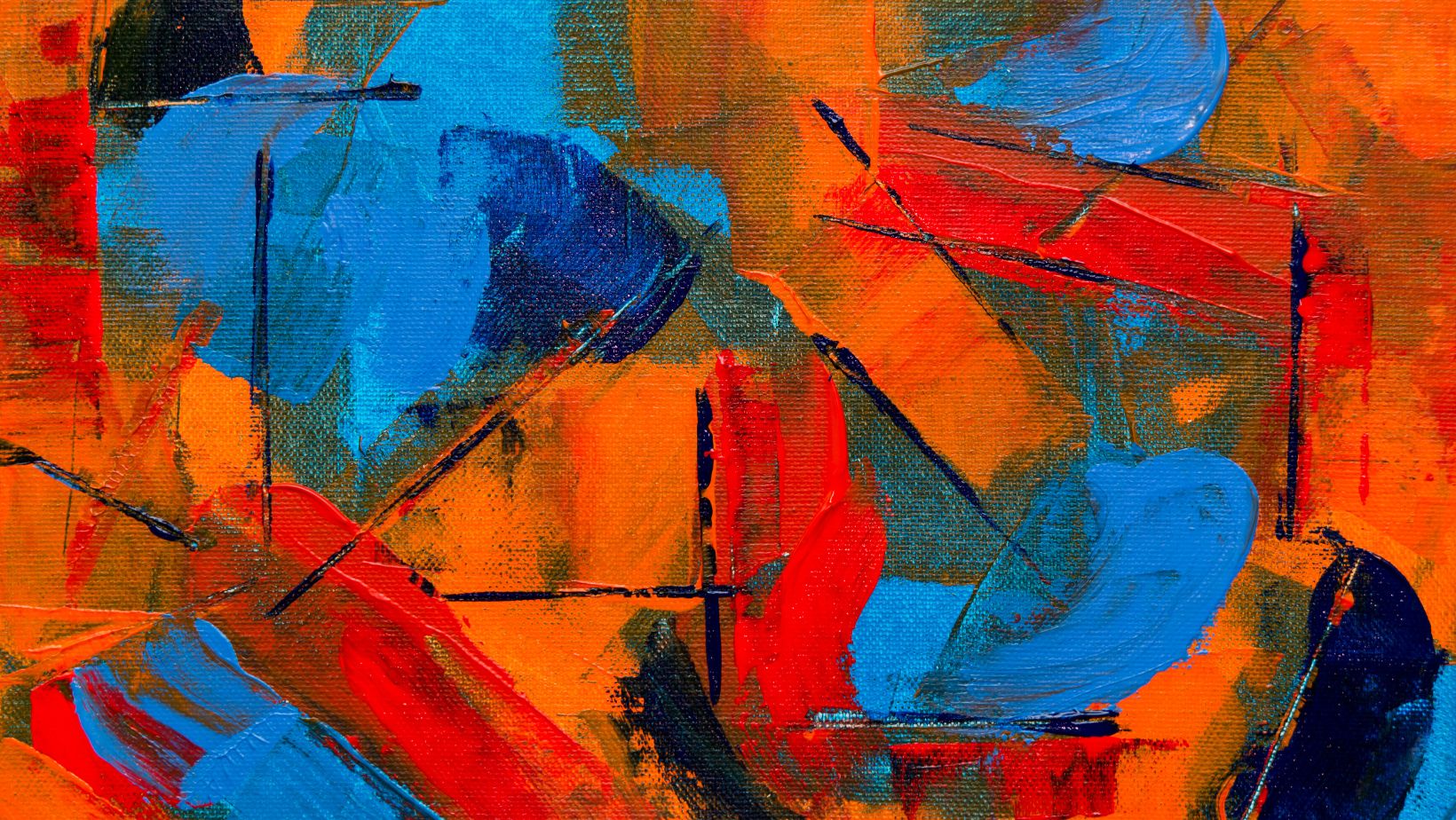Table of Contents
ToggleHow to Make a Drop Shadow in Illustrator
Looking to add some depth and dimension to your illustrations in Adobe Illustrator? One effective way to achieve this is by adding a drop shadow. Whether you’re a beginner or an experienced user, learning how to make a drop shadow in Illustrator is a valuable skill that can enhance the visual impact of your designs.
Creating a drop shadow in Illustrator is relatively simple. With just a few steps, you can give your artwork that extra touch of realism and depth. By using the built-in Drop Shadow effect, you can easily control the size, angle, opacity, and other parameters of the shadow to achieve the desired effect.
To get started, select the object or text that you want to apply the drop shadow to. Then navigate to the “Effect” menu and choose “Stylize”, followed by “Drop Shadow. Here, you can adjust various settings such as blur radius, opacity, distance from object, and more. Don’t be afraid to experiment with different values until you achieve the perfect look for your design.
Mastering how to create a drop shadow in Illustrator opens up endless possibilities for adding depth and dimensionality to your artwork. So why not give it a try and take your designs to new heights? In just a few easy steps, you’ll be able to transform flat elements into visually striking compositions that captivate viewers’ attention.

Understanding Drop Shadows in Illustrator
Drop shadows are a powerful tool in Illustrator that can add depth and dimension to your designs. They create the illusion of an object casting a shadow, giving it a sense of weight and presence on the page. In this section, we’ll explore the fundamentals of drop shadows in Illustrator and how you can use them effectively.
To begin with, let’s talk about what exactly a drop shadow is. A drop shadow is a visual effect that mimics the way light interacts with objects in the real world. It creates a subtle or dramatic shadow behind an object, depending on your settings, which helps to separate it from its background and make it stand out.
In Illustrator, creating a drop shadow is relatively straightforward. You can apply a drop shadow effect to any shape or text by selecting the object and going to the “Effect” menu, then choosing “Stylize” and finally “Drop Shadow.” From there, you have control over various parameters such as opacity, angle, size, and distance to customize the appearance of your drop shadow.
The key to using drop shadows effectively is finding the right balance between subtlety and impact. Too strong of a shadow can overpower the main subject of your design, while too weak of a shadow may go unnoticed. Experimenting with different settings will help you achieve the desired result for your specific project.
It’s important to note that drop shadows should be used judiciously. Overusing them can make designs appear dated or cluttered. Keep in mind that less is often more when it comes to incorporating drop shadows into your illustrations.
In conclusion, understanding how to create and utilize drop shadows in Illustrator opens up endless possibilities for enhancing your designs. With careful consideration of their application and experimentation with different settings, you can elevate your artwork by adding depth and visual interest through well-executed drop shadows.






